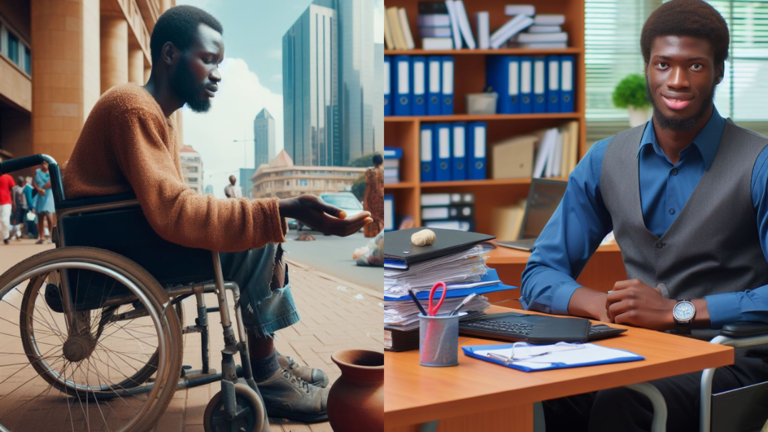How Disability Models form Perceptions about People with Disabilities

Disability Models
Disability models are perceptions that help in understanding what disability is. These perceptions shape the way we view and relate with people with disabilities in society. We have early models which are still used and we have models which people with disabilities themselves use and prefer.
Some models have their shortcomings especially on how they affect people with disabilities. There are five different models and how does each model affect people with disabilities? Let’s explore;
1. Religious/Moral Model
Christianity sees all human beings as created in the image of God. None of us is perfect but we are all reflecting God's image. This makes us equal. In some religions, people with disabilities were and still are viewed as a curse or a result of sin. In early years, and even present times children with disabilities are killed or are left in the forest to die.
The problem with this model is that different religions have different beliefs and most of these beliefs work against people with disabilities.
2. Charity Model
This model makes people with disabilities to be perceived as to be pitied and charity cases. This makes society think that people with disabilities cannot be independent because they always need help even when they don’t. You’ll find other people using people with disabilities to borrow money on the streets because they are easily pitied by society. People without disabilities will also pretend to have an impairment and beg on the streets to attract sympathy.
This model depicts a bad image of people with disabilities as people who cannot live their own lives and be successful and this is not true.
3. Medical Model
The medical model makes people view disability as an illness that needs to be treated and cured. This model places the focus on the disability or impairment without looking at the barriers.
The issue with this model is that it stigmatizes people with disabilities and neglects the environmental factors that contribute to their exclusion.
4. Social Model
With the social model the focus is shifted from the impairment to the environment. According to this model. Disability comes about in the interaction of an impairment and a barrier. Disability is as a result of the societal, environmental and attitudinal barriers that fail to accommodate people with disabilities.
Although this is a positive way to view people with disabilities, there have been concerns that this model overlooks the lived experiences of people with disabilities.
5. Human Rights Model
This model acknowledges disability as a matter of human rights and social justice. The model champions diversity, equity, inclusion and participation of people with disabilities without discrimination and advocates for the removal of barriers.
People with disabilities are capable and are able to achieve and be successful given that society values and accommodates their needs accordingly. This is where reasonable accommodations come in to make sure they function like everyone else.

